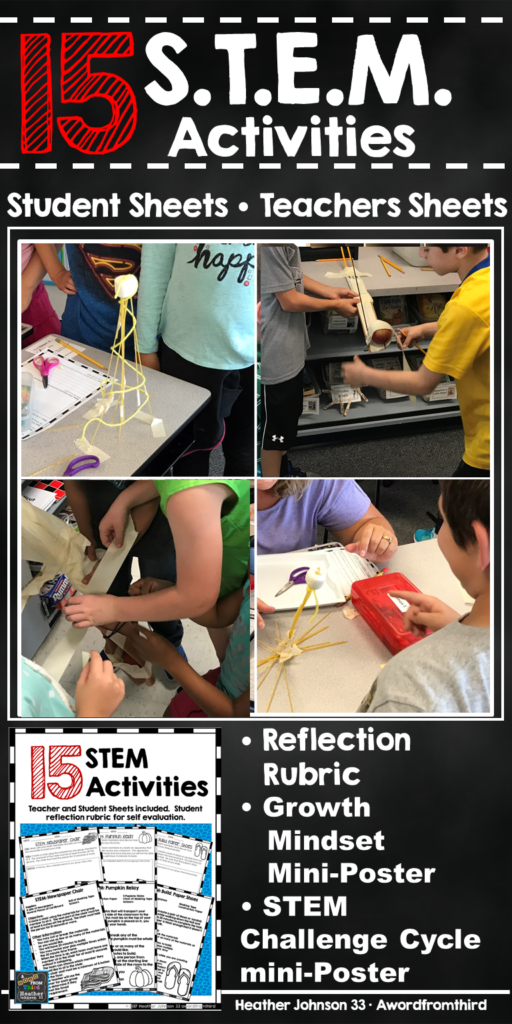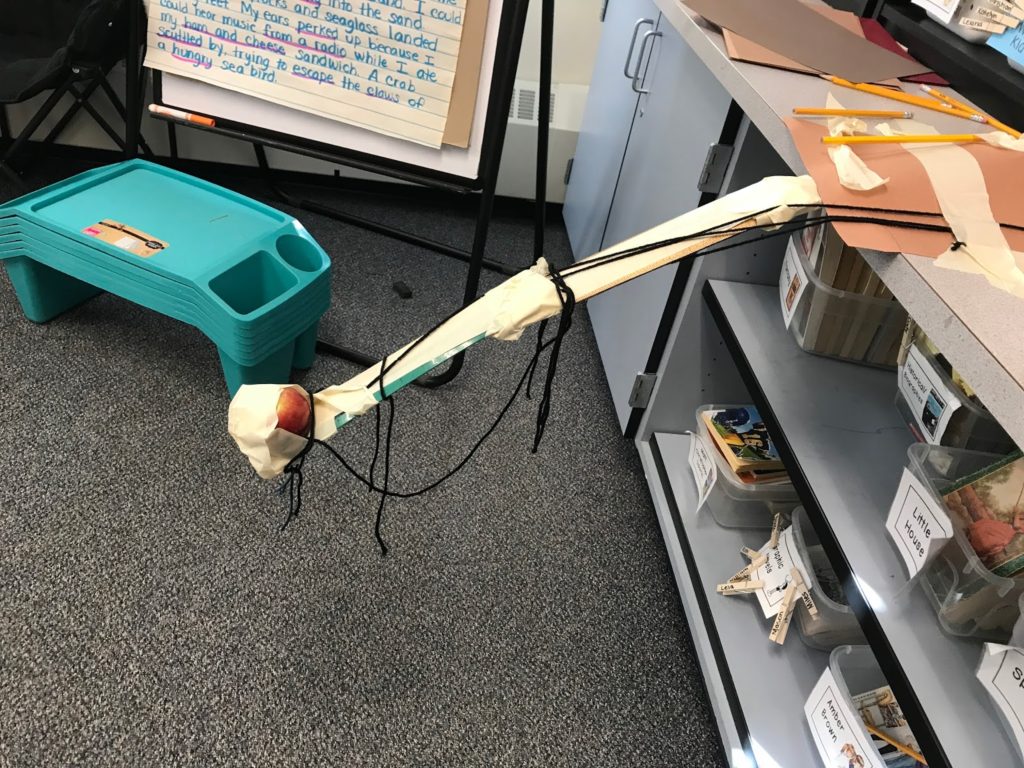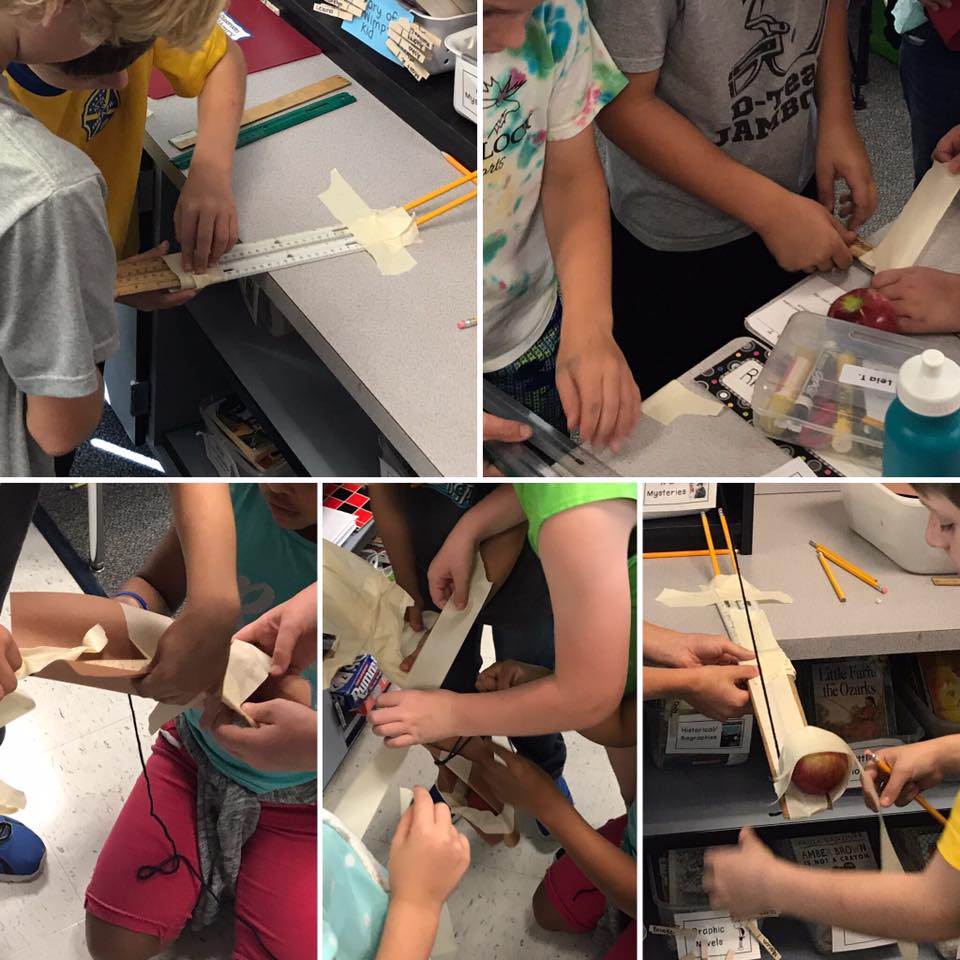 There are always buzz words out there in the teacher world. Right now, two that I can think of are Flexible Seating and STEM Challenge. If you go on Pinterest or follow any teaching groups on Facebook, you have surely seen these two terms over and over. As teachers, I think it is easy to get sucked up into the current trends in education, but it is REALLY important to remember that you need to be using these trendy ideas with a critical mind. Jumping on every bandwagon can leave you feeling disjointed and probably not teaching as effectively as you should be.
There are always buzz words out there in the teacher world. Right now, two that I can think of are Flexible Seating and STEM Challenge. If you go on Pinterest or follow any teaching groups on Facebook, you have surely seen these two terms over and over. As teachers, I think it is easy to get sucked up into the current trends in education, but it is REALLY important to remember that you need to be using these trendy ideas with a critical mind. Jumping on every bandwagon can leave you feeling disjointed and probably not teaching as effectively as you should be.
A few years ago, I decided to dip my toes into the STEM pool to try it out. I knew that in my classroom I love to promote critical thinking, inquiry based learning, problem solving, and a strong classroom community. It is always my first trimester goal to get my students into effective partnerships and groupings as much as possible. I found that there were many STEM resources out there for teachers and I started to sift through them all to find what was best for me and my students.

I know as teachers, we are flooded with ideas, expectations, and materials. I decided that the best way to do STEM in my classroom was to focus on utilizing mostly materials that I already had. I am not good at remembering to pick up things at the store or gather things at my house to bring in to school. I am the queen of hanging a bag on the front door (so I don’t forget) and then still walking out without it in my hand.
I have put together a bundle of 15 STEM challenges that you can do in your own classroom. I tried to keep the bundle as streamlined as possible. Each challenge includes a teacher sheet which can be projected on the board (optional) and a student sheet. The sheet keeps it simple and to the point. I have found that the discussion that is going on before, during, and after the challege is the most important assessment of my students. The student sheet for each challenge includes a planning portion, a sketching box, a student reflection, and an extention component on the back. By keeping the recording sheets the same, it allows for students to have structure within the freedom of the challenges. I also have included a self-assessing rubric which can be used for each challege.
~Heather










